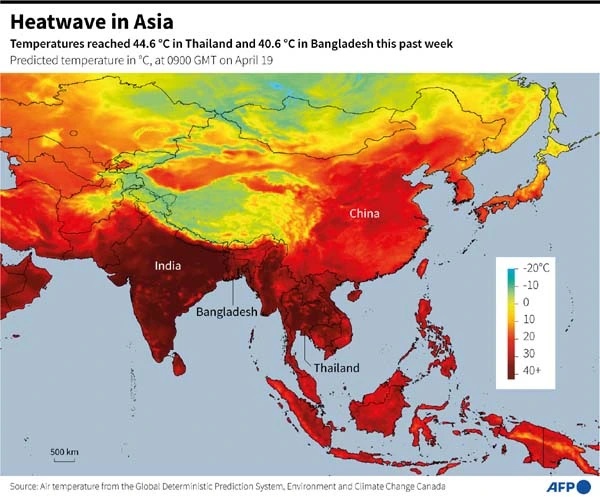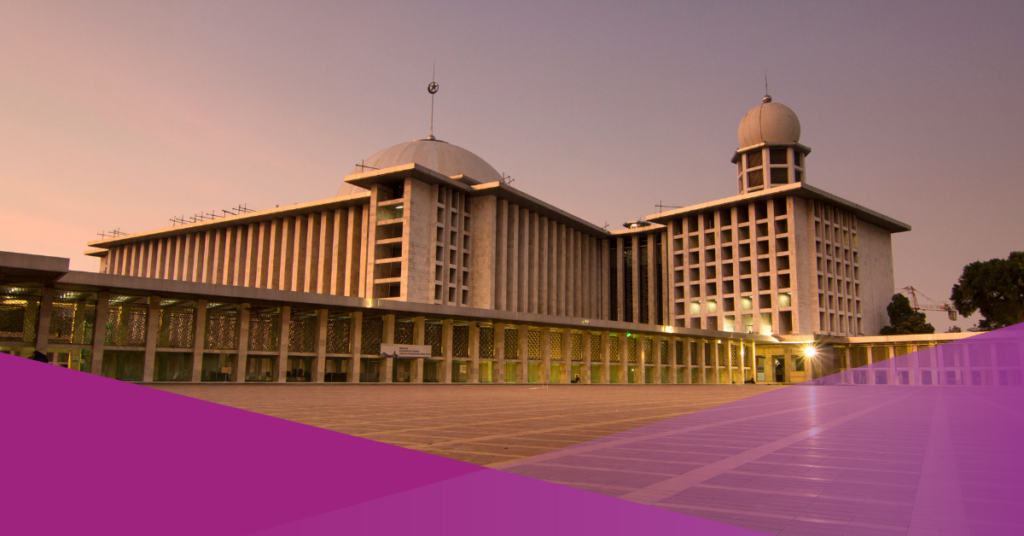You may have realized that the weather and the sun are scorching lately. Countries in Southeast Asia are grappling with heatwave that are reaching record-high temperatures.
The extreme weather has led to school closures and triggered urgent health warnings in various regions.
For example, students in the Philippines were asked to stay at home on Monday, April 29, 2024, after authorities canceled in-person classes for two days. The country’s Ministry of Education ordered more than 47,000 public school students to switch to online classes.
Thailand’s Department of Disease Control said last week at least 30 people had died from heat stroke so far this year, compared with 37 last year.
Vietnam’s national weather agency warned of the risk of forest fires, dehydration, and heatstroke.

Meanwhile, the Meteorology, Climatology and Geophysics Agency (BMKG) confirmed that the hot air phenomenon that hit Indonesia was not a heatwave.
“If viewed in terms of phenomenon characteristics and statistical indicators, our temperature observations are not included in the heatwave category,” said BMKG Deputy Meteorologist Guswanto, reported Antara.
“If viewed in terms of the characteristics of the phenomenon, as well as in statistical indicators, our temperature observations are not included in the heatwave category because they do not meet the requirements as a heat wave,” said BMKG Deputy Meteorologist Guswanto.
He explained, referring to BMKG meteorological recapitulation data for the last 24 hours of temperature in most parts of Indonesia.
However, he said, the increase in temperature is not the same as that experienced by several other Asian countries, such as Myanmar, Thailand, India, Bangladesh, Nepal, and China.
Based on the temperature recapitulation report of the Global Deterministic Prediction System, Environment and Climate Change Canada institution, the temperature in some of these countries reached a maximum point of 41.9 Celsius—44.6 Celsius in recent days.
What you should do in hot weather or heatwave?
The BMKG recommends minimizing time under sun exposure between 10 AM – 4 PM and recommends applying SPF 30+ sunscreen moisturizing liquid every two hours to protect the skin.
If forced to leave the house, wear clothes that protect from UV rays, such as a UV jacket, hat, and sunglasses.































